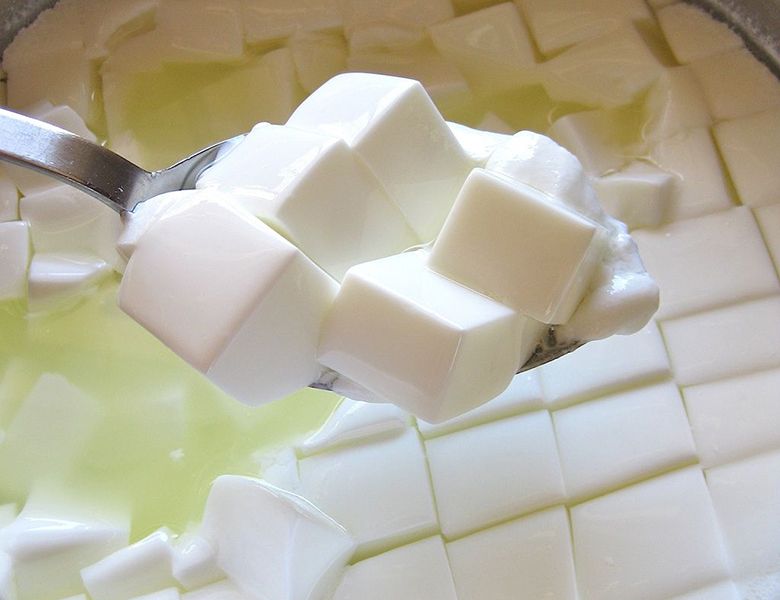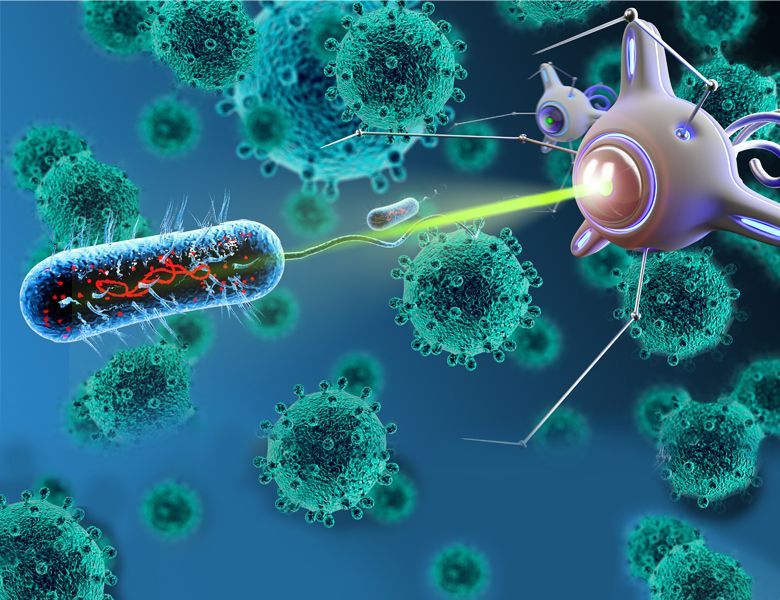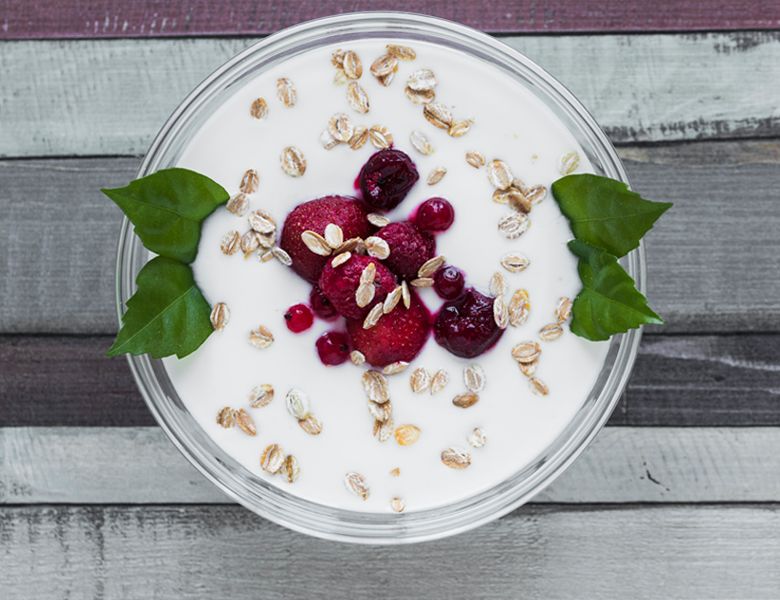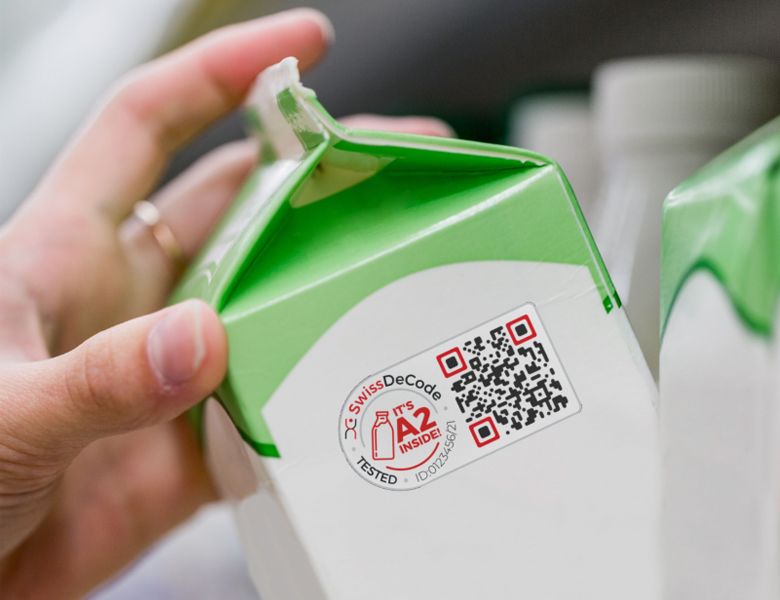- آتاماد
- Animal Rennet
Animal Rennet

- | user2 |
- Viewer: 1628
Animal Rennet ,The term "Rennet" refers to the preparation of a milk-clotting enzyme from a calf's stomach that contains an active digestive enzyme called chymosin (renin).
Currently, the term "Rennet" is widely used for milk coagulation enzymes.
Chymosin, aspartic protease, is the major constituent of animal whey secreted in the fourth stomach of newborn ruminants. Which is closely related to pepsin in adult mammals. Both are gastric proteases that are secreted as an inactive prochymosin and converted to active chymosin upon exposure to acid.
The action of the Rennet during the preparation of the cheese production causes the conversion milk into a cheese curd. The main reaction that causes coagulation is the breakdown of the Phe105-Met106 bond in milk protein, k-casein. Part (0-30%) of the rennet that remains in the cheese, depending on the type of rennet. The rest of the rennet depends on the pH of the milk when adding the rennet, the type and amount used, and its ability to remain active at the cooking temperature.
By decreasing the pH of milk when rennet is added, the rest of chymosin, bovine pepsin or pork pepsin in cheese increases. It is also responsible for texture changes and increasing taste while ripening. The gradual decline in cow population and the increase in cheese production warrants attention to other animal species. In addition, the use of animal rennet may be limited for religious reasons, such as kosher certification and vegetarian certification.
On the other hand, microbial cheeses do not produce good flavors in long ripening time. However, exposure of microbial coagulants to chemicals such as hydrogen peroxide can cause significant changes in their properties. So, to produce rennet we have to look for alternative methods that genetic engineering is a good way to produce rennet similar to animal rennet.
Various factors such as pH, temperature, ionic strength, enzyme and salt concentrations affect milk clotting. High pH (6 / 6–6) reduces clotting time and clot strength, while low pH (3-4) reduces curd volume due to high hydrolytic activity. Source of chymosin and milk, as well Differences in milk ingredients can affect the time of first phase of coagulation. Milk clotting is also affected by the concentration of calcium ions.
chymosin has a molecular weight in the range of 23-49 kDa. The optimum pH for chymosin activity is in the acidic range. pH 5.8 has been reported as a better pH for the proteolysis of casein by chymosin, and proteolysis products vary in the pH range of 4.6-6.4.
The optimum temperature for the activity of animal rennet varies from 30 to 50 ° C, but the activity of the enzyme is higher in the range of 20 ° C to 50 ° C. It quickly loses its activity when the temperature rises from 45 to 55 degrees Celsius.
Production of animal yeast
The production of animal rennet in the traditional way is that the dried and cleaned stomach of young calves is cut into small pieces and placed in salted water or whey with some vinegar to lower the pH. After overnight or several days, the solution is filtered, and the raw rent, which is the result of filtration, is used to coagulate the milk. About one gram of the solution can coagulate 2 to 4 liters of milk. This method of rent production is still used by several cheese makers in Austria, France, Greece, Romania, Switzerland, and the United Kingdom.
A modern method: frozen stomach of a young calf is ground and placed in an enzyme extraction solution. The extracted solution is activated by adding acid. (The enzyme produced in the stomach is secreted and then activated by stomach acid). then the acidic solution is neutralized, and the extract is filtered and concentrated in several steps until its strength reaches 1: 15000, it means one gram of extract can coagulate 15 kg of milk. there is 0.7-gram active enzyme in each gram of extracted solution and the rest are water, salt and sometimes sodium benzoate in the amount of 1 to 0.5% to protect.
By,
ATAMAD technical support sector
Reference:
Kumar, A., Grover, S., Sharma, J., & Batish, V. K. (2010). Chymosin and other milk coagulants: sources and biotechnological interventions. Critical Reviews in Biotechnology, 30(4), 243-258.
GET IN TOUCH
Copyright © 2023 Atamad.com All right reserved
Website design and SEO services by Seohama team – Web hosting by Sarverhama
Copyright © 2023 Atamad.com All right reserved
Website design and SEO services by Seohama team – Web hosting by Sarverhama








